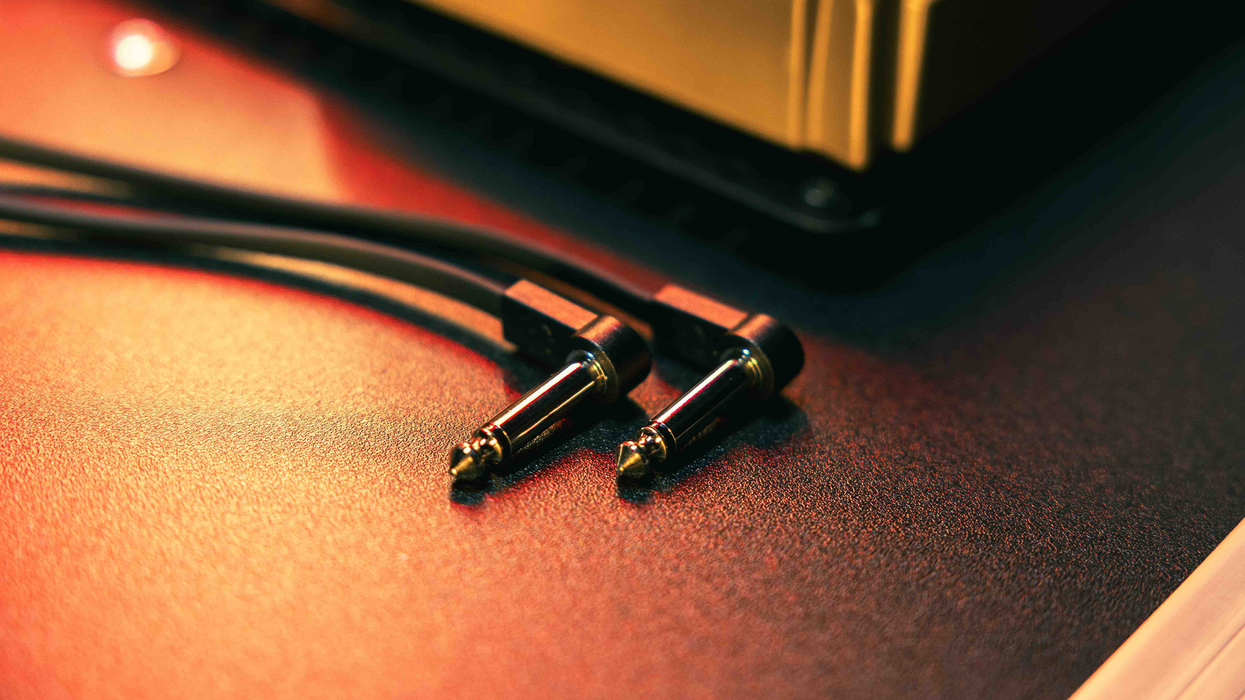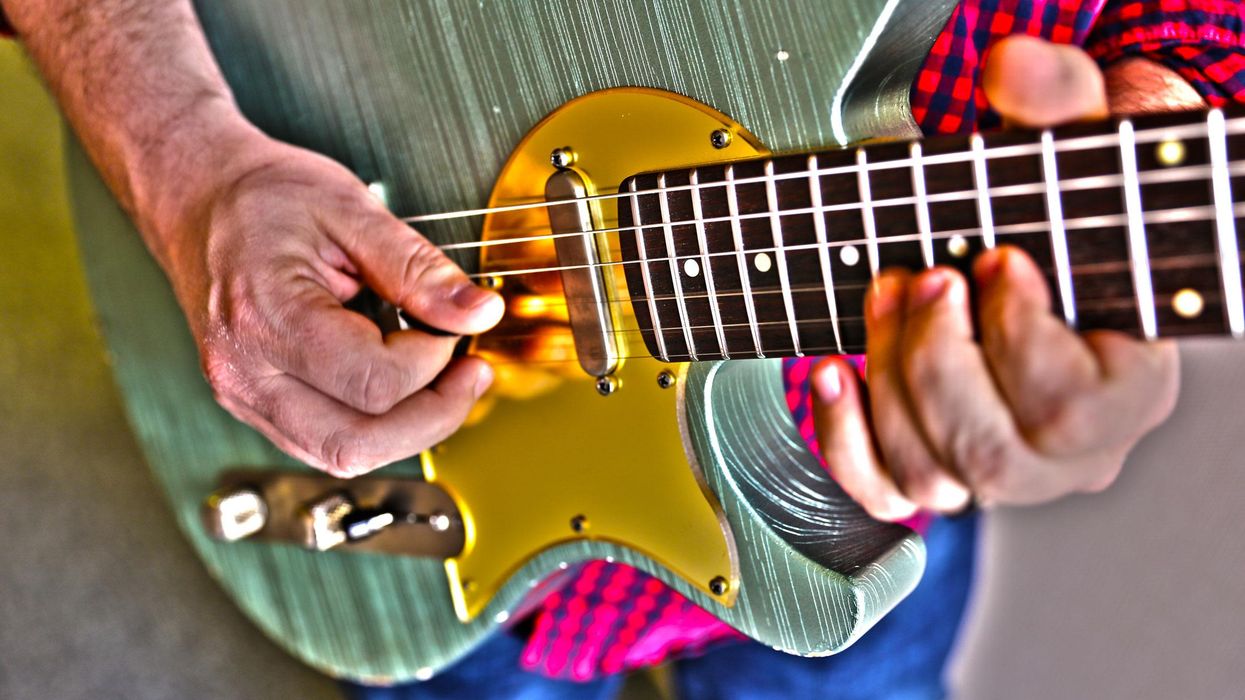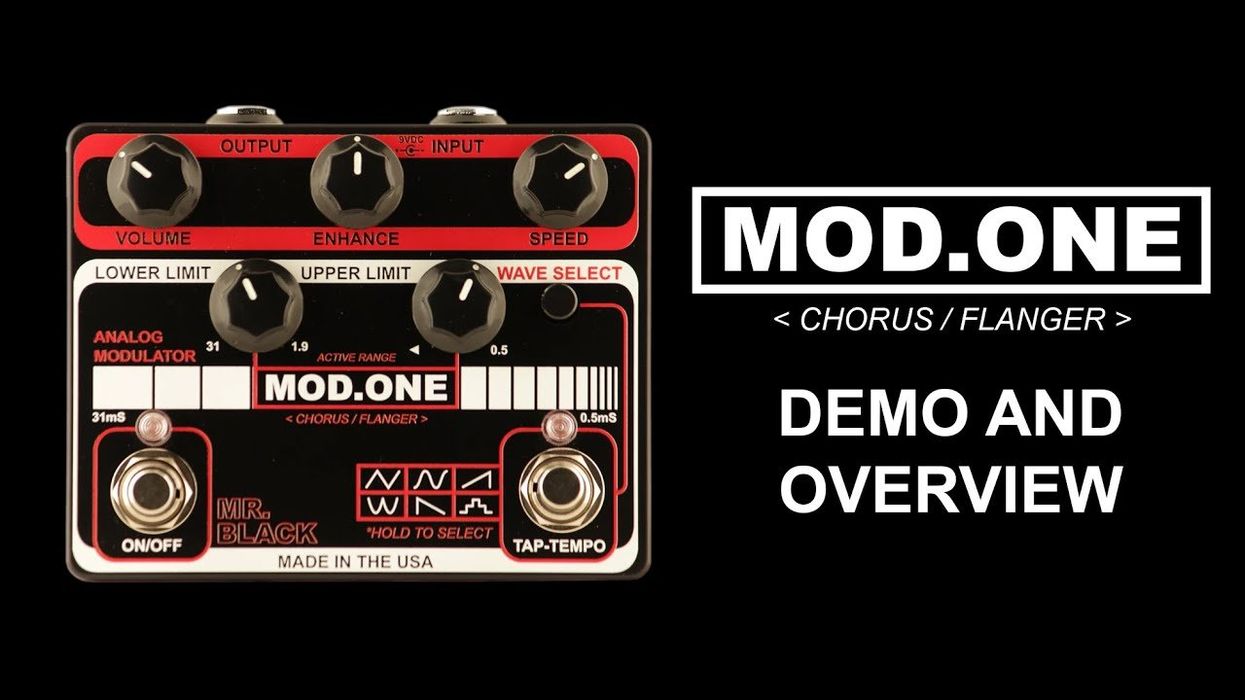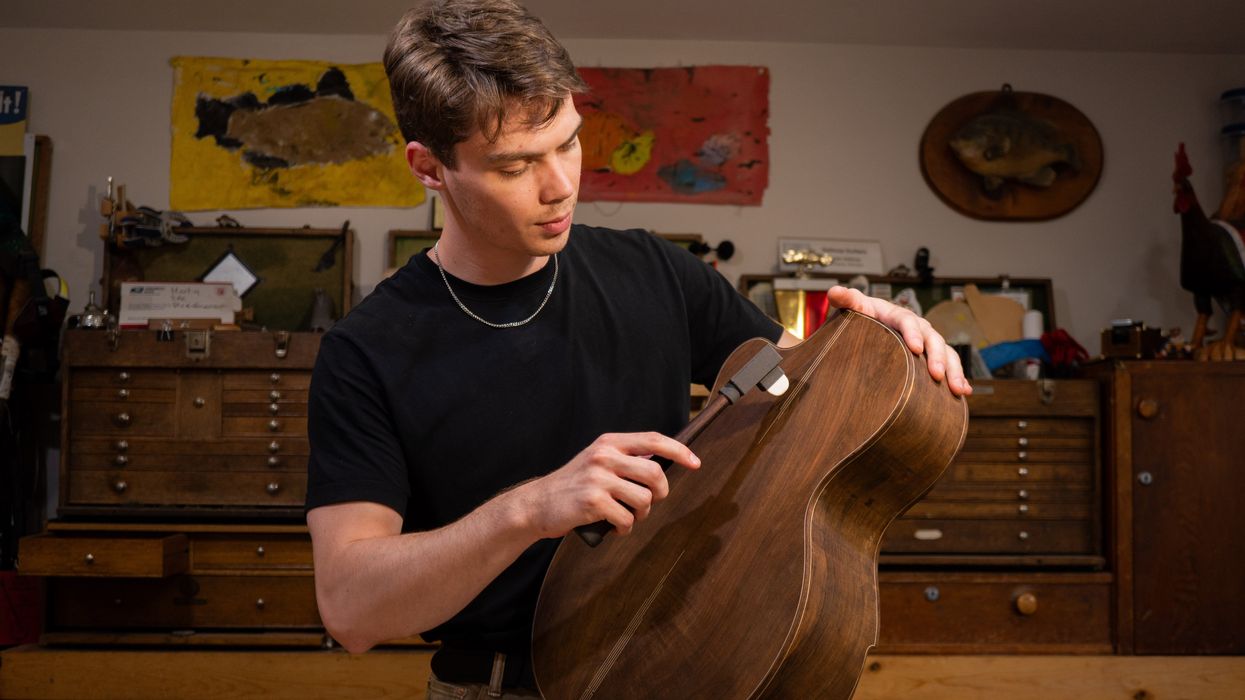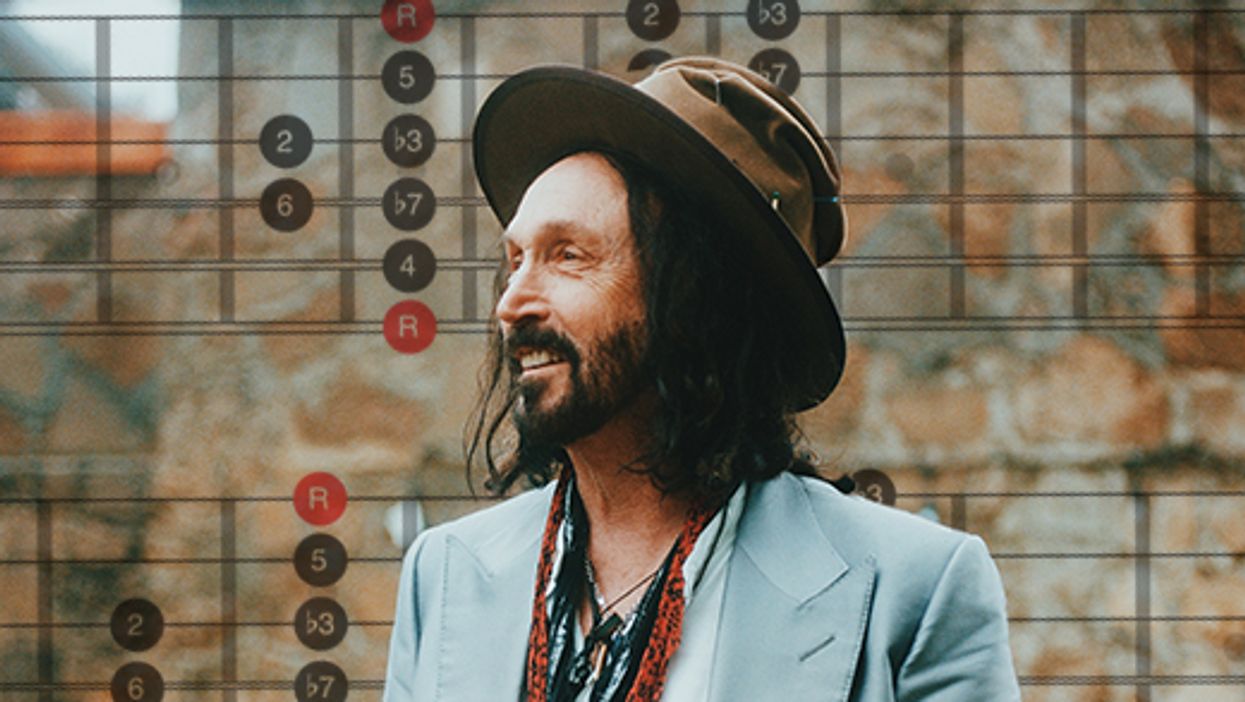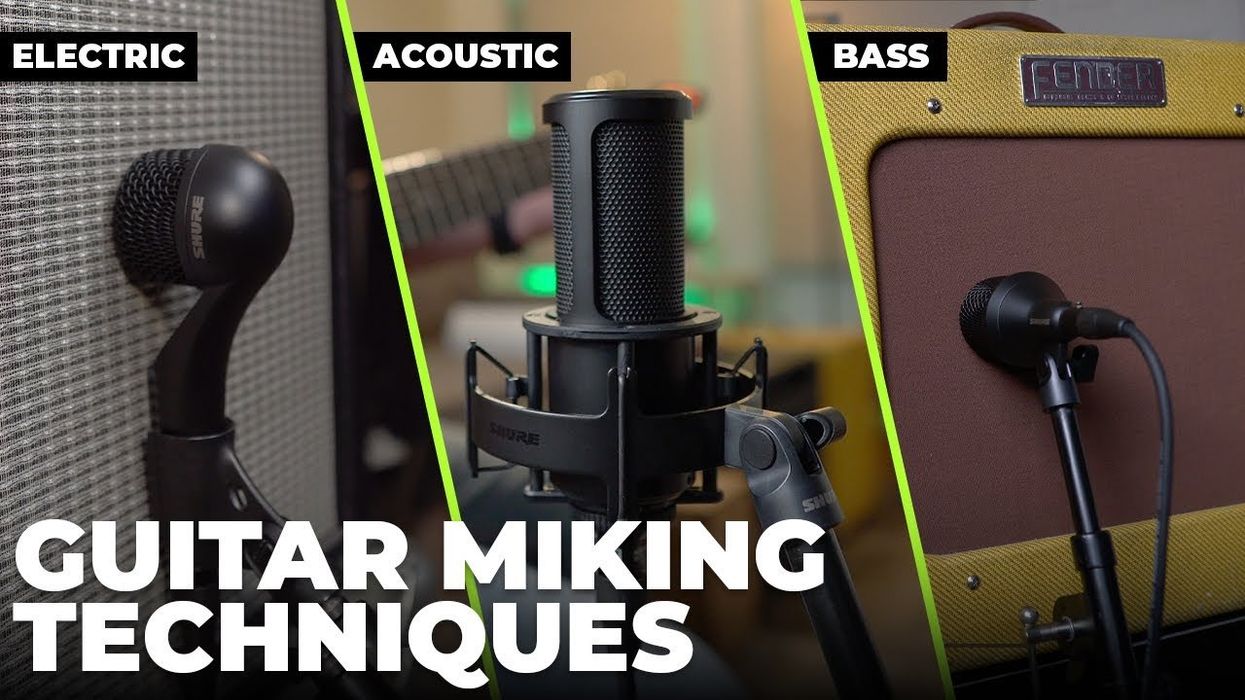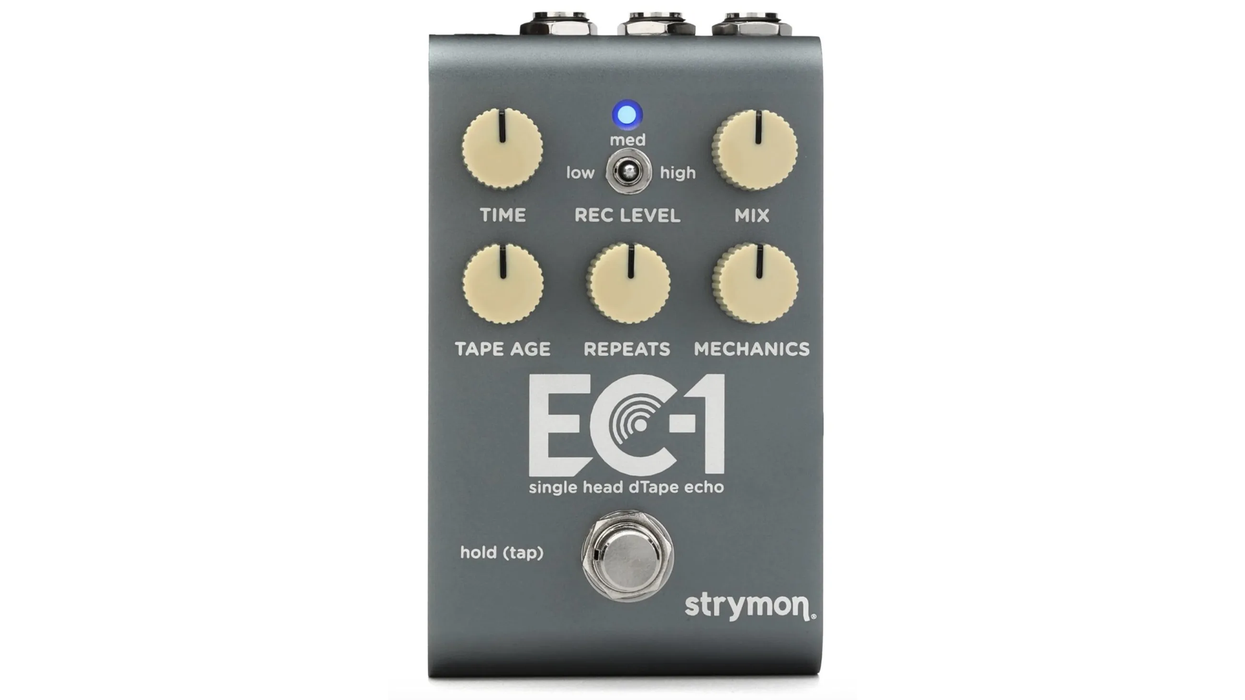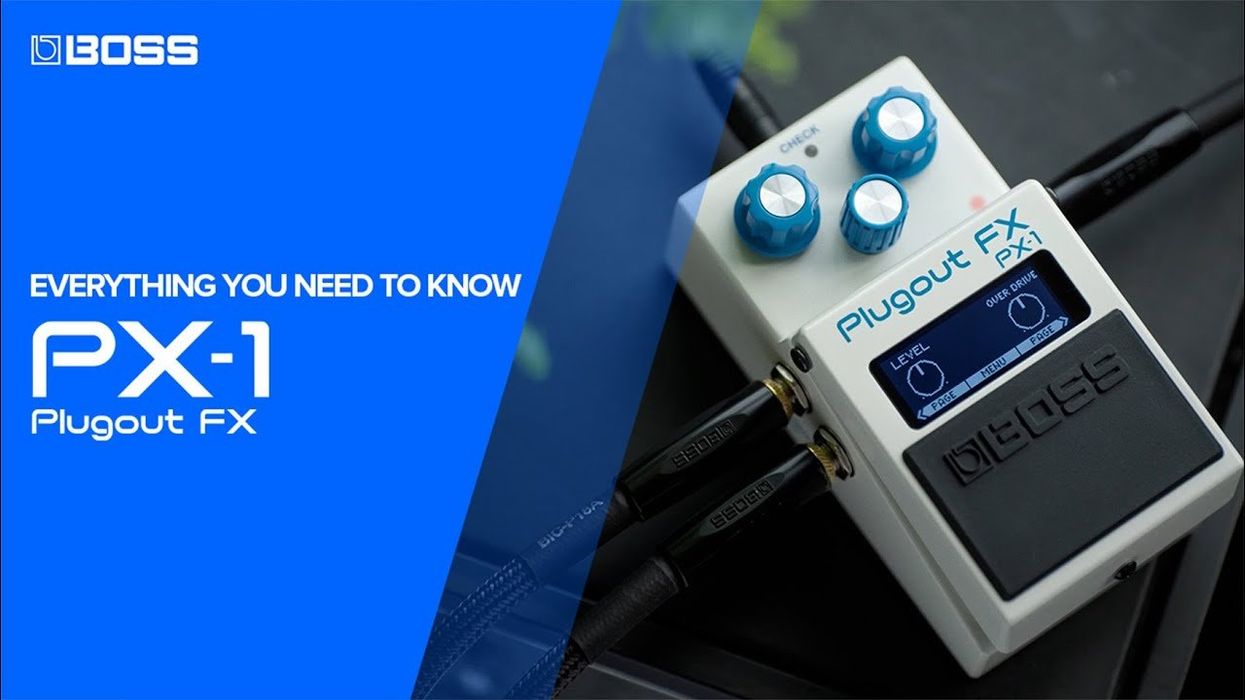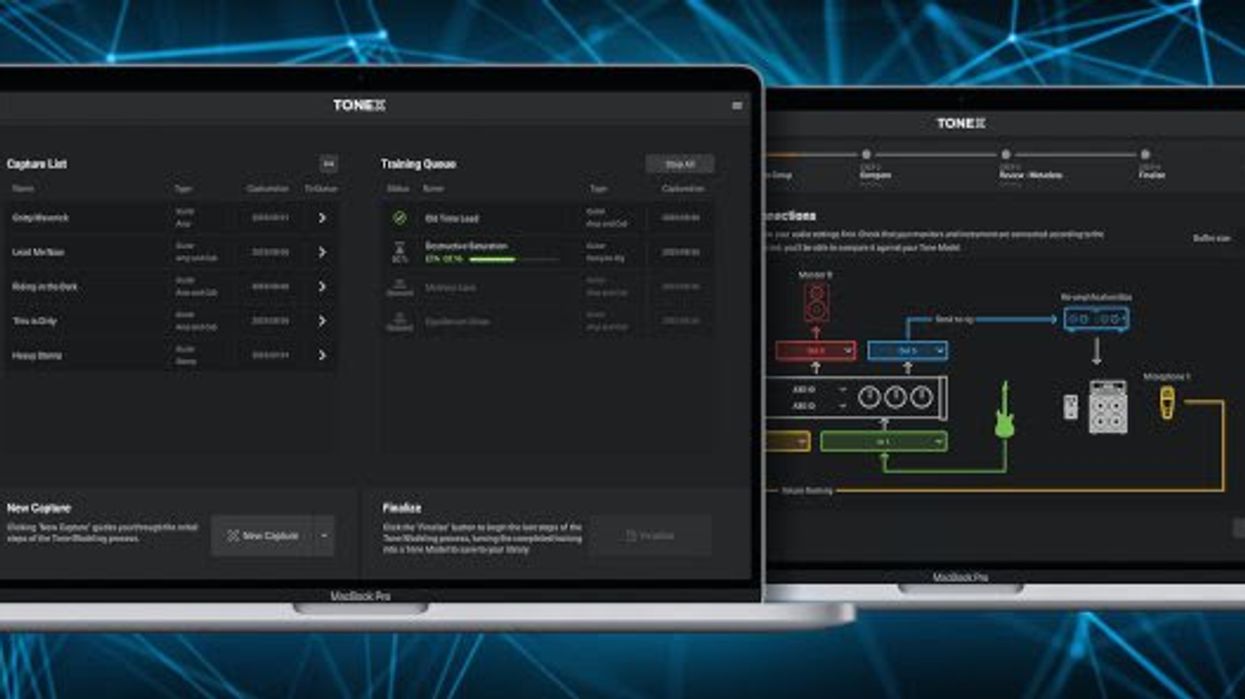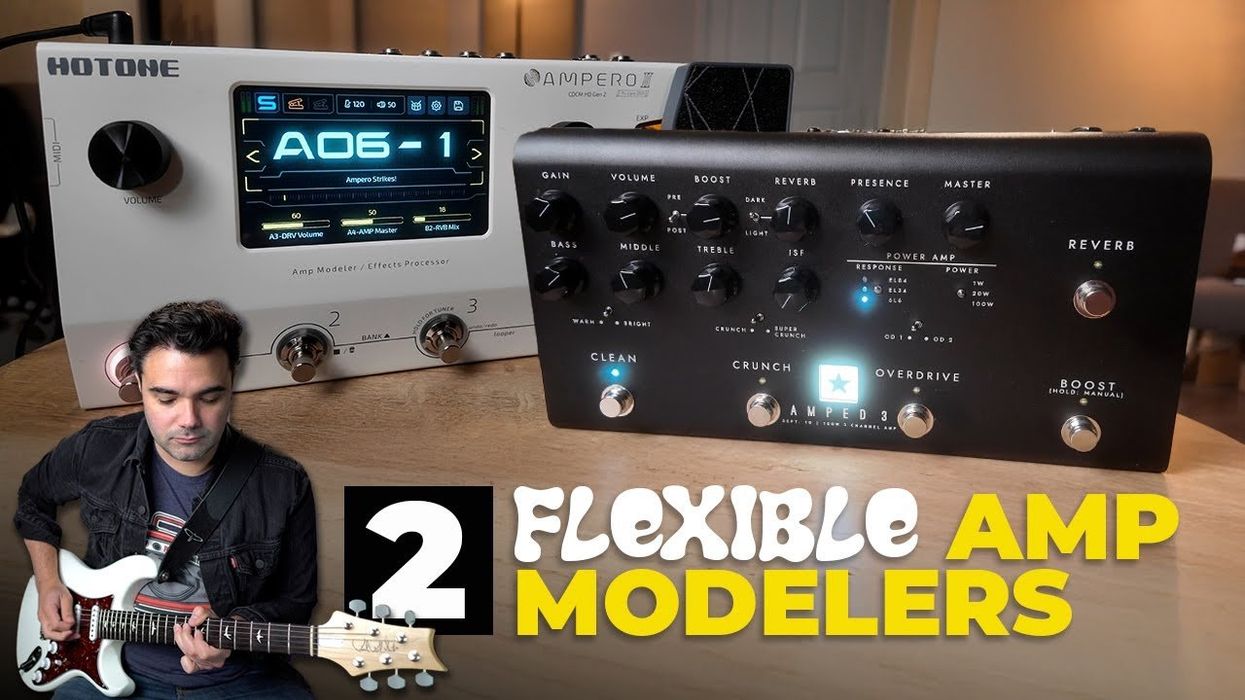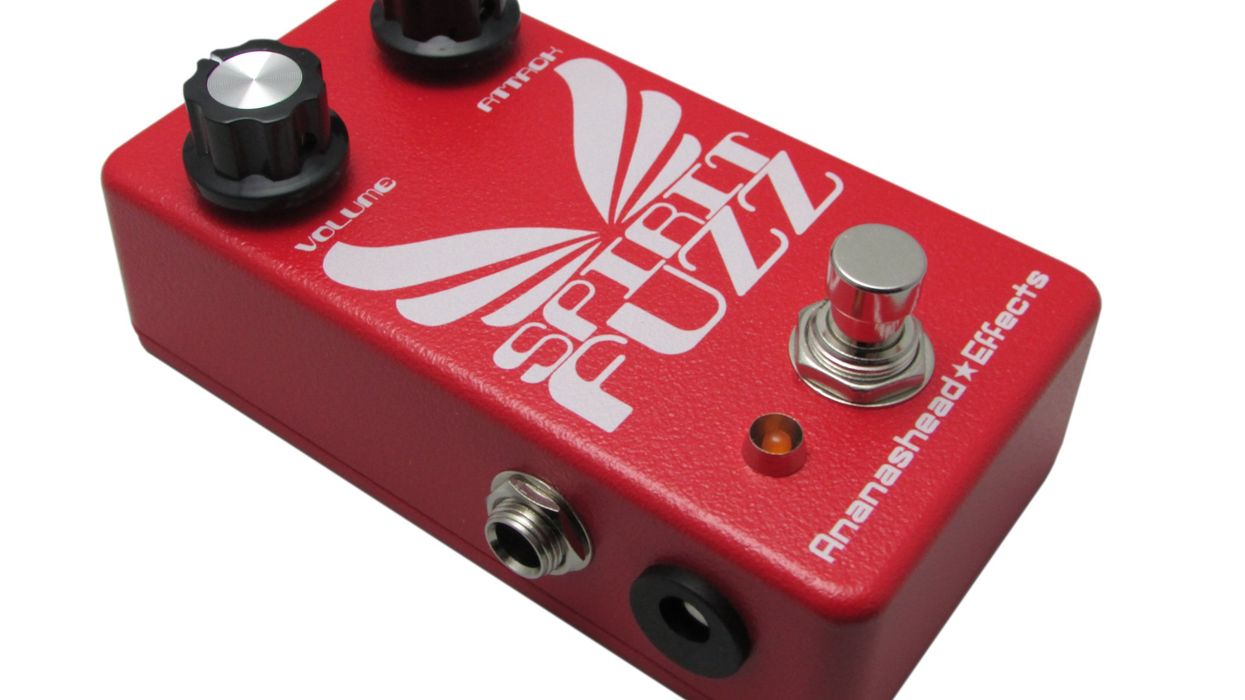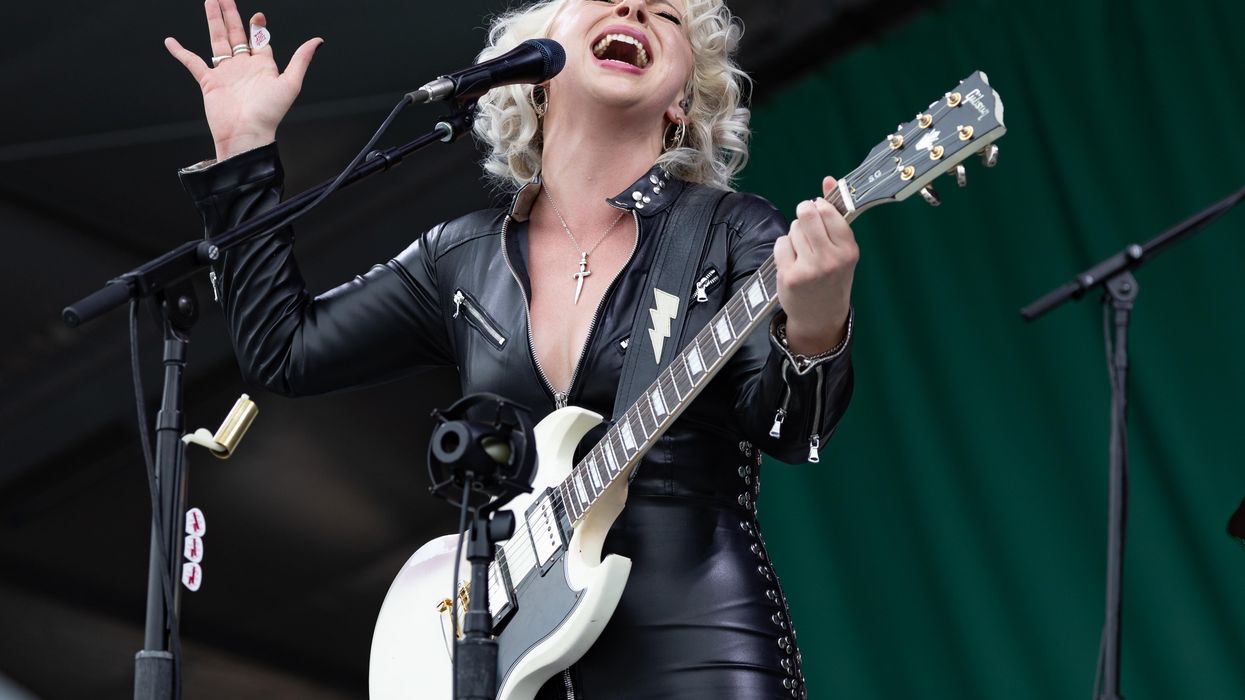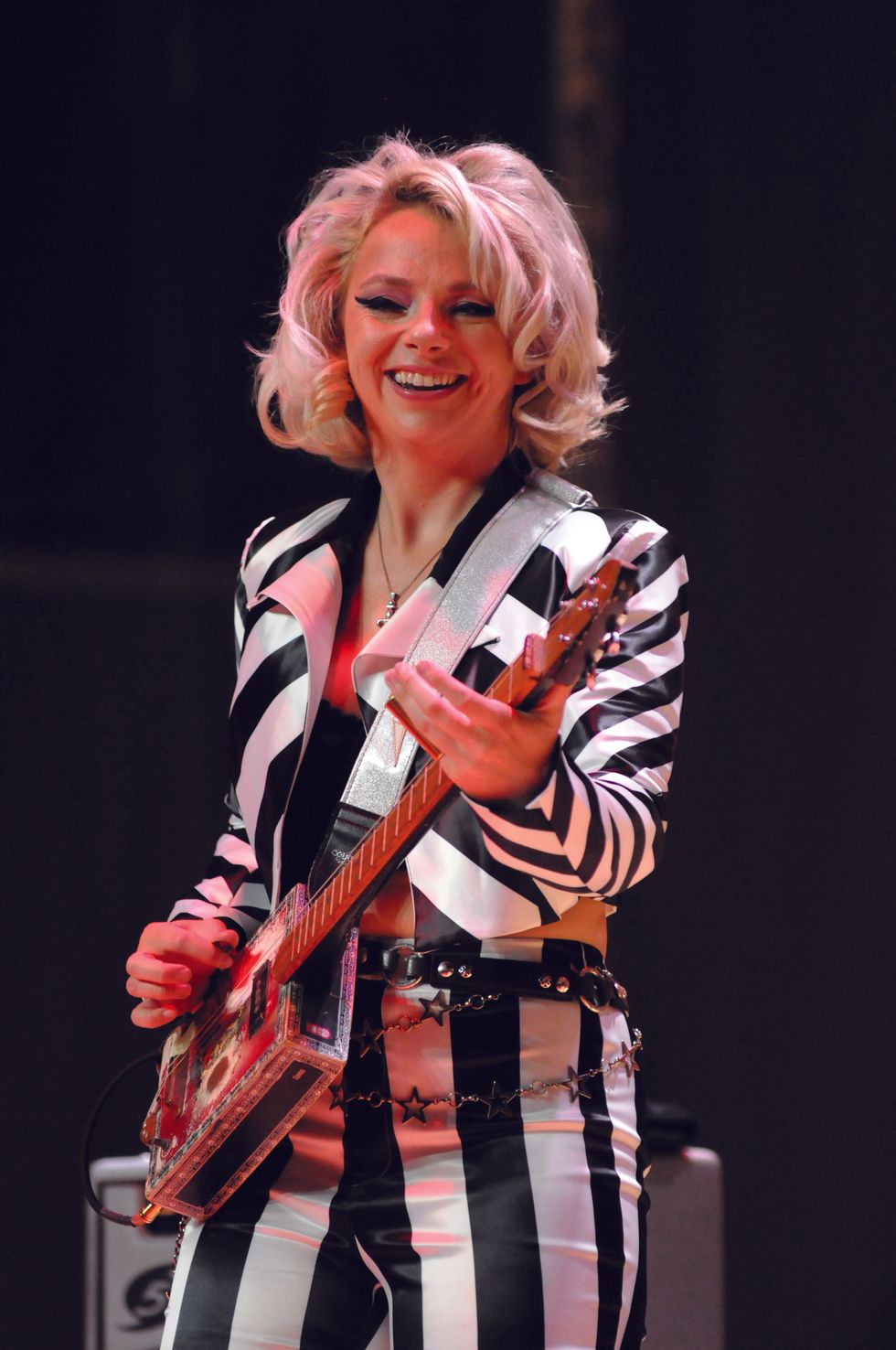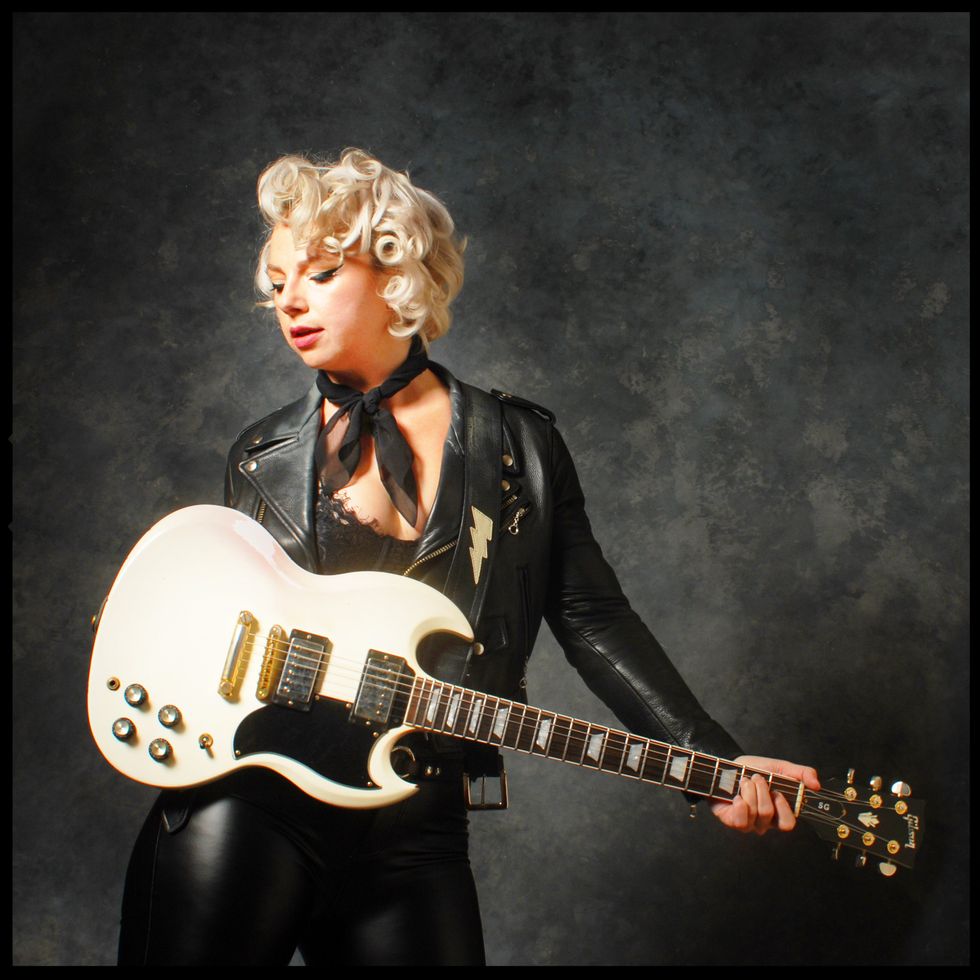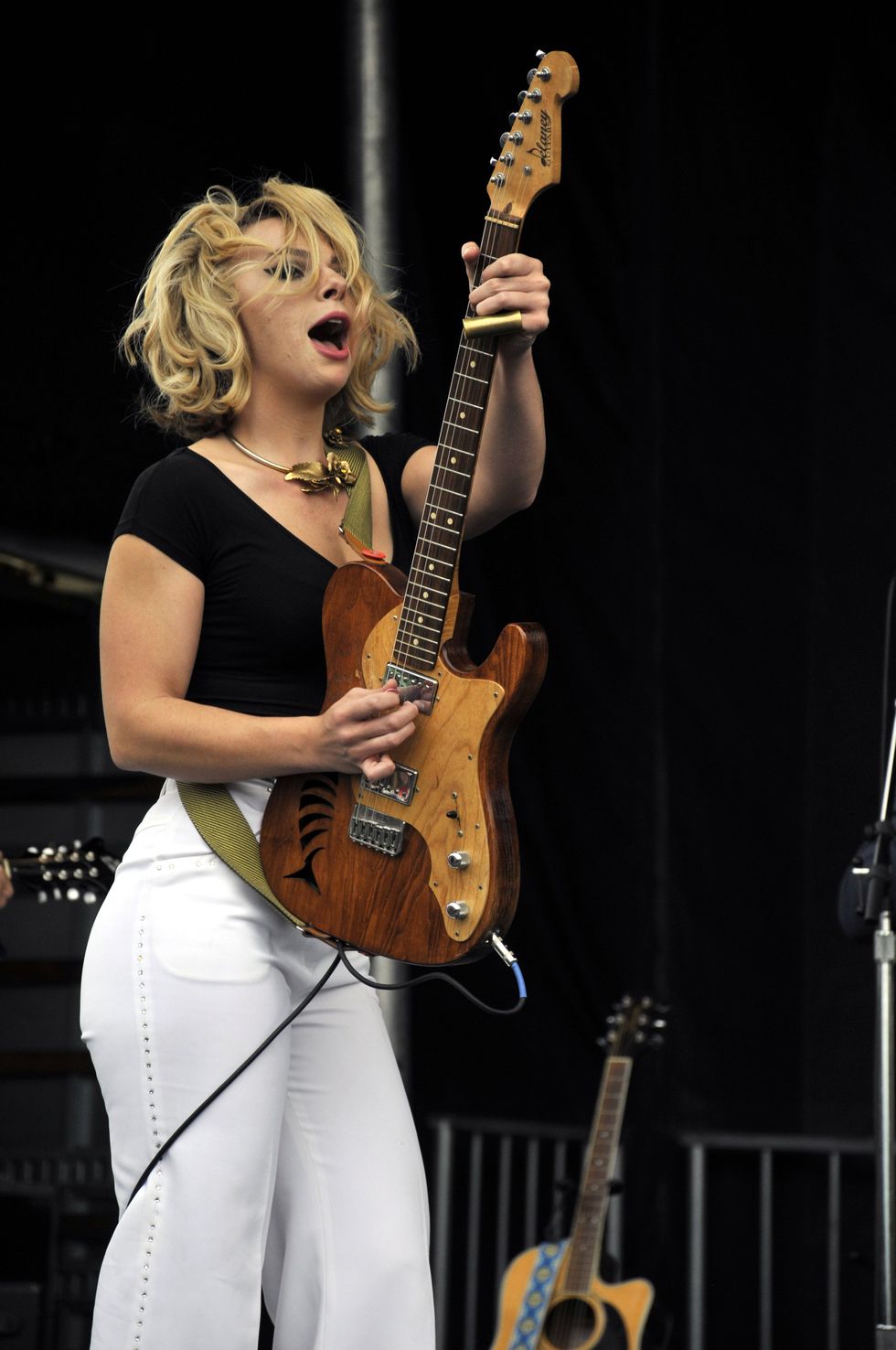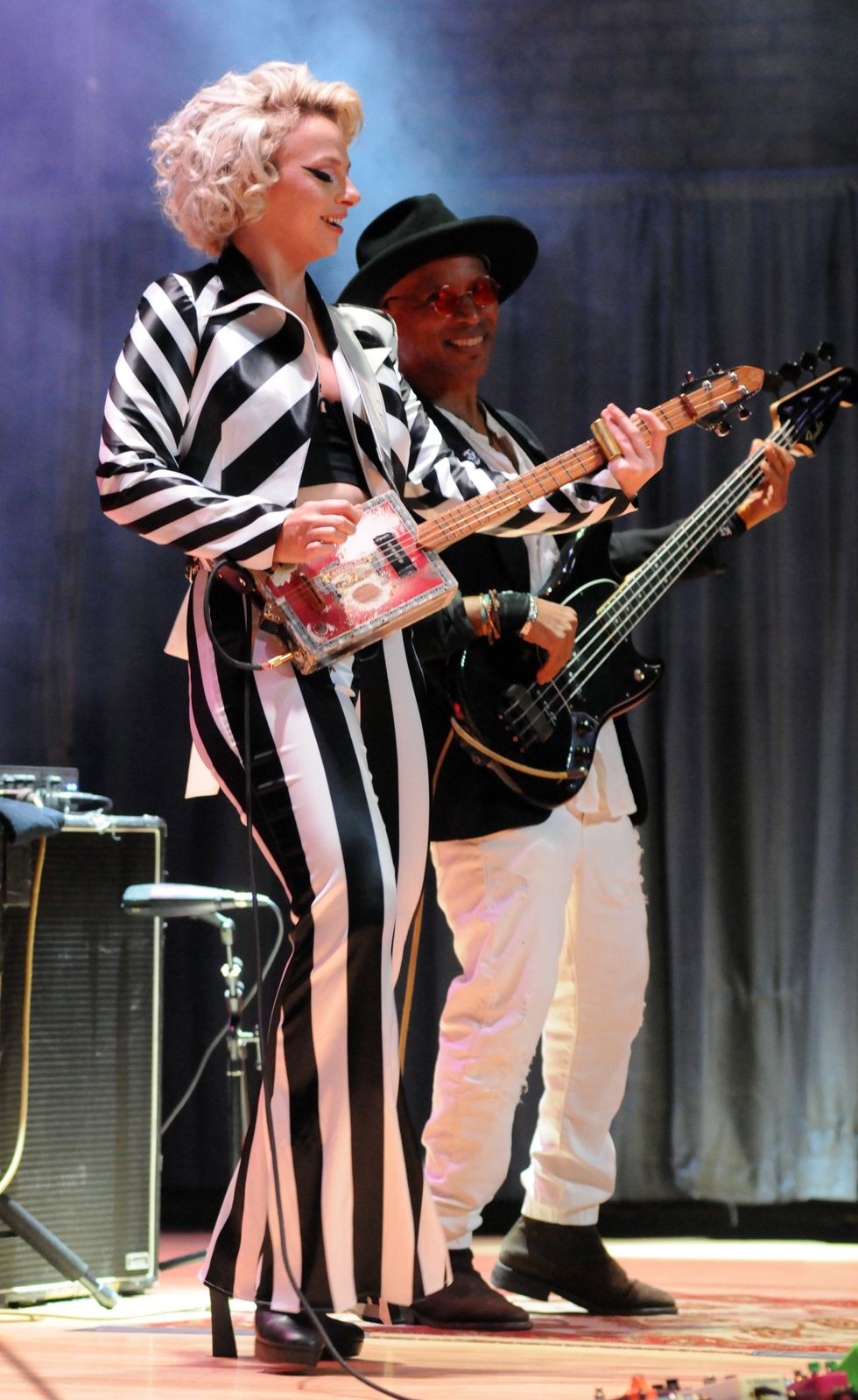Welcome to another installment of Electric Etudes. This month we will be exploring the style of English guitarist Andy Summers. Like King’s X’s Ty Tabor—who we looked at last month—Summers is a guitarist who flourishes in a trio. The Police were one of the biggest bands to emerge from the late-’70s British new wave scene. They reached a global frenzy of success during the ’80s with huge tours and unprecedented album sales.
Chops: Intermediate
Theory: Intermediate
Lesson Overview:
• Understand how to combine elements of new wave, punk, and reggae rhythm styles.
• Create simple and melodic solo fragments from pentatonic and Aeolian scales.
• Learn how to play “harp” harmonics.
Click here to download a printable PDF of this lesson's notation.
After a brief spell living and working in the United States, Summers relocated to his homeland and met Sting and drummer Stuart Copeland. Sting and Copeland had already formed the Police, but invited Summers to join as the fourth member. Originally, the group also featured guitarist Henry Padovani. It wasn’t long before Padovani was asked to leave and the classic lineup was born.
They achieved mainstream success with a string of five incredibly inventive and influential studio albums including Synchronicity, which went to No. 1 in both the U.S. and U.K. These albums spawned a string of hits, including “Roxanne,” “Can’t Stand Losing You,” “Message in a Bottle,” and “Every Breath You Take.”
The members of The Police had a volatile relationship, which ultimately led to their breakup. Each member embarked on a solo career. Sting saw the biggest mainstream success, but Copeland and Summers both enjoyed fruitful solo careers. In 2007, the group reformed for a world tour to celebrate their 30th anniversary.
Much like U2’s The Edge, Summers has a unique and distinctive style, and he’s known mostly for his rhythm technique and use of effects. His playing in the Police featured incredibly tight, syncopated rhythm parts that combined reggae and new wave elements. Summers’ jazz background also appeared in his use of more advanced chord shapes and extensions, as well as piano-inspired voicings. When playing leads with the band, Summers mixed subtle, melodic phrases with fast, aggressive pentatonic-based flurries.
Click here for Ex. 1
The track kicks off with a quintessential rhythm part played on the top three strings. Notice that the Am and Fmaj7 are played the same way, but function differently due to the change in the bass note. This section can be tricky to perform because it requires a very precise sense of rhythm. Make sure you sit back slightly on the beat and don’t rush ahead.
We pay tribute to “Walking on the Moon” in the second ending of the first section. The A7sus4 is a signature “Summers” chord. Play it with a healthy dose of echo set to a quarter-note triplet repeat.
The chorus illustrates how new wave and punk influenced Summers’ playing. Check out how the simple root-position power chords shift to first-inversion dyads by simply moving the lower note down a half-step. Also, don’t overlook the anticipations at the end of every other measure.
The next section uses a mixture of wide-voiced chord shapes (usually a power chord with an added 9), and its influence will be completely obvious to Police fans. Don’t panic if your hands aren’t quite big enough for these stretches. Summers would simply apply the fingers when needed instead of holding down a chord shape. You’ll also notice that we often slide up a half-step to complete the chord, so make sure the slide is clean and clear.
We return to the A7sus4 before going into some Lenny Breau-style harp harmonics. (Summers used this technique in “Walking on the Moon” and “Regatta de Blanc.”) First, hold down an easy Am11 chord by placing your first finger across the top five strings at the 12th fret, and then fret a C (2nd string, 13th fret) with your second finger. Using your picking-hand index finger, lightly touch the 2nd string 12 frets higher, while plucking it with your middle finger.
In this example, notice how we’re alternating fretted notes with harmonics to create a cool, shimmering sound. Once again, use plenty of analog echo.
The track concludes with a short and simple solo, which is based mostly on the A minor pentatonic scale (A–C–D–E–G) and the A Aeolian mode (A–B–C–D–E–F–G). After a bluesy bend, we head into a syncopated descending line before a quick shift down to 3rd position for a fast, legato lick. I copped a few of Summers’ jazz-inspired licks for the end of the solo. In the penultimate measure, a short diminished arpeggio outlines the dominant chord (E7) before releasing the tension with the final note.
During the Police era, Summers’ main axe was a worn Fender Telecaster that featured a bridge single-coil and a humbucker in the neck position. Usually he plugged the Tele into a Marshall amp for dirty tones and a Roland JC-120 for cleans. Summers would use an Electro-Harmonix flanger for his modulation effects and an old Echoplex for the delay sounds. Pete Cornish built Summers’ original rig, but effects guru Bob Bradshaw made his rig for the reunion tour.
Recording details: I cut and mixed this entire track on my iPad, due to my touring schedule. I used Steinberg’s Cubasis as my DAW, and all of the guitar tones came from Positive Grid’s JamUp Pro via an Apogee Jam interface. I used a Marshall-style model with effects based on the EHX Electric Mistress, MXR Dyna Comp, and Echoplex. For the lead tones, I added a Fuzz Face-style effect to the Marshall. As always, I played my trusty Music Man Axis Super Sport, switching between a single-coil setting for rhythm and humbucker mode for extra bite.

